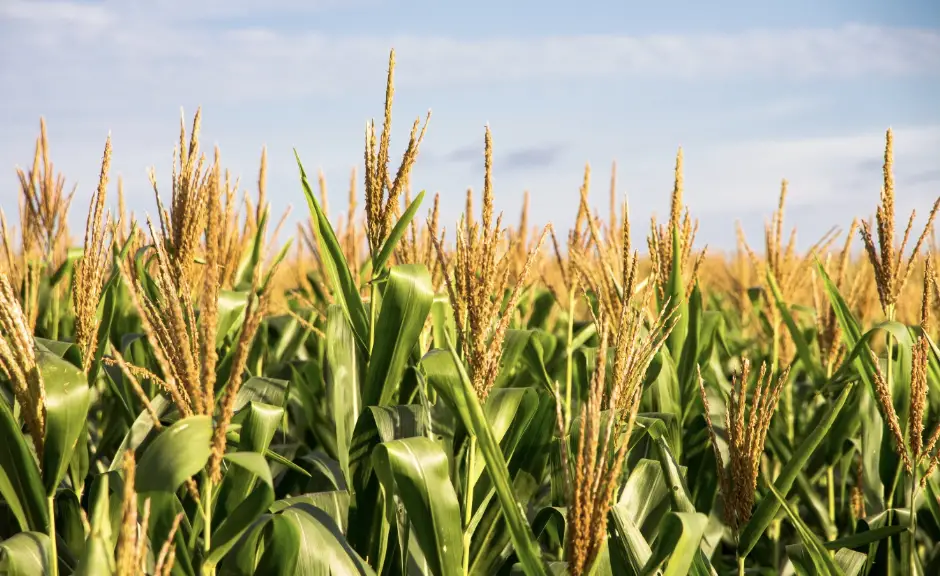
The Heart and Soul of Bourbon: Exploring the Dominant Grain
Bourbon, the beloved American whiskey, is known for its rich flavors, smoothness, and distinctive character. Behind its allure lies a specific set of requirements, including the use of certain grains in its production. Among these grains, one stands out as the dominant force, contributing to the essence and flavor profile of bourbon. In this blog post, we will explore the question of what the dominant grain in bourbon is and its significant role in shaping this iconic spirit.
- The Mash Bill:
To understand the dominant grain in bourbon, we must first examine the mash bill—the combination of grains used during the whiskey’s production. According to federal regulations, bourbon must be made from a mash bill that consists of at least 51% corn. This stipulation establishes corn as the dominant grain in bourbon.
- Corn: The Foundation of Bourbon:
Corn plays a pivotal role in bourbon production, serving as the foundation upon which its flavors are built. The high percentage of corn in the mash bill contributes to the whiskey’s sweetness, full-bodied nature, and distinctively rich character. Corn imparts a natural sweetness and depth that sets bourbon apart from other types of whiskey.
- Complementing Grains:
While corn takes the lead as the dominant grain, other grains complement and enhance the flavor profile of bourbon. The remaining portion of the mash bill typically includes malted barley and a small percentage of either rye or wheat. The addition of these grains adds complexity, spiciness, or smoothness to the final product, creating a well-rounded and harmonious flavor profile.
- Impact of Other Grains:
The choice between rye and wheat as the secondary grain in the mash bill can significantly influence the flavor of bourbon. Rye adds a spicy and robust character, contributing notes of pepper, cloves, and a touch of heat. On the other hand, wheat imparts a softer and smoother profile, lending flavors of caramel, vanilla, and a gentle sweetness. These nuances, combined with the dominant corn base, create the intricate taste experience that defines bourbon.
- Balancing Act:
Crafting bourbon is a delicate balancing act, with the mash bill and grain proportions carefully selected to achieve the desired flavor profile. Distilleries and master distillers experiment with different grain combinations to create unique expressions and signature styles. While corn is the dominant grain, it is the interplay between all the components that contributes to the complexity and character of each bourbon.
Conclusion:
The dominant grain in bourbon is corn, which must make up at least 51% of the mash bill according to federal regulations. Corn forms the foundation of bourbon, providing its characteristic sweetness, full-bodied nature, and rich flavors. However, the addition of other grains such as malted barley, rye, or wheat adds depth, spiciness, or smoothness, creating a harmonious and complex flavor profile. Understanding the role of the dominant grain and its interaction with other grains helps bourbon enthusiasts appreciate the craftsmanship and artistry behind this quintessential American spirit. So, raise your glass, savor the flavors, and toast to the dominant grain that gives bourbon its soulful and distinctive identity. Cheers!



